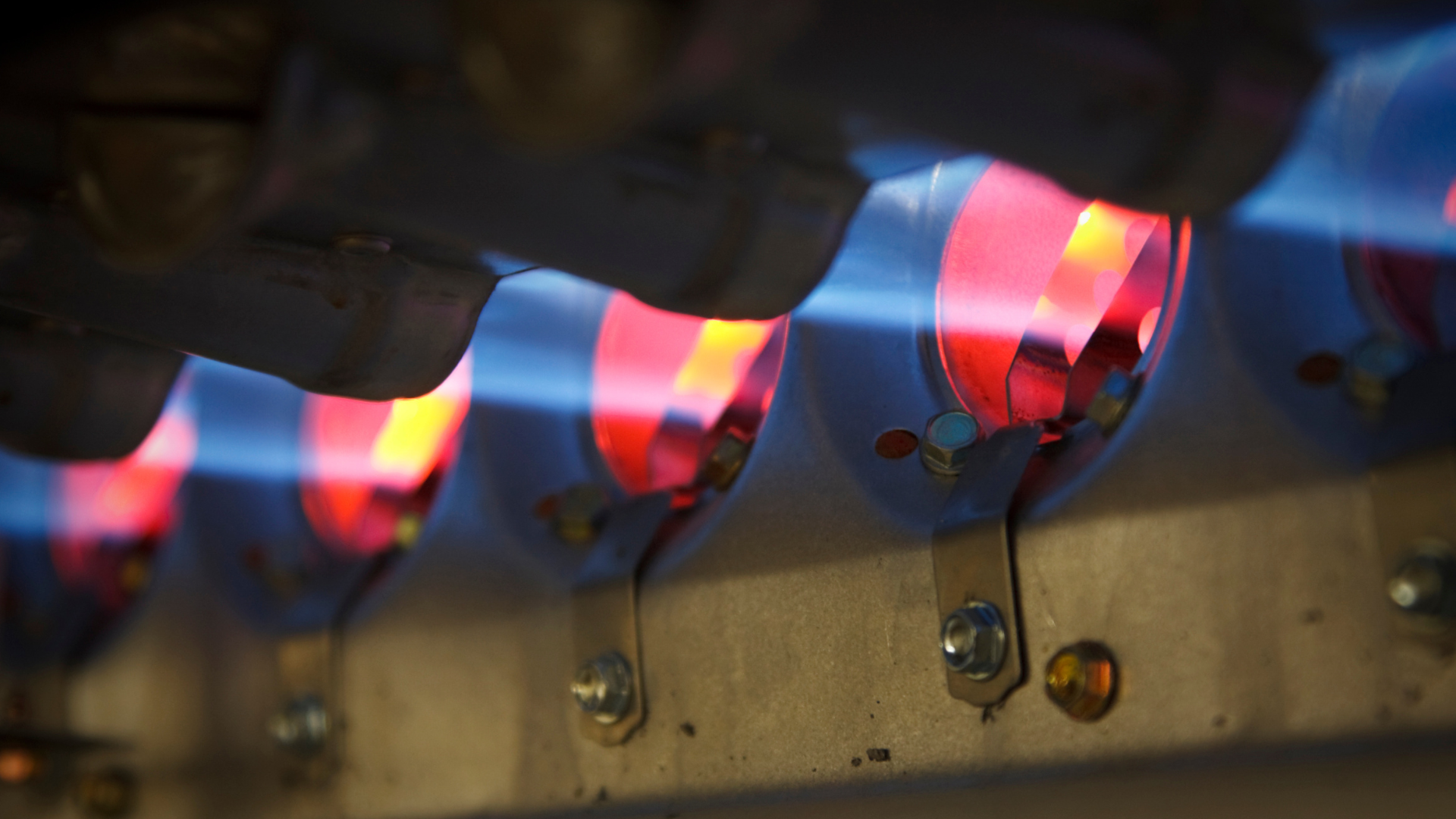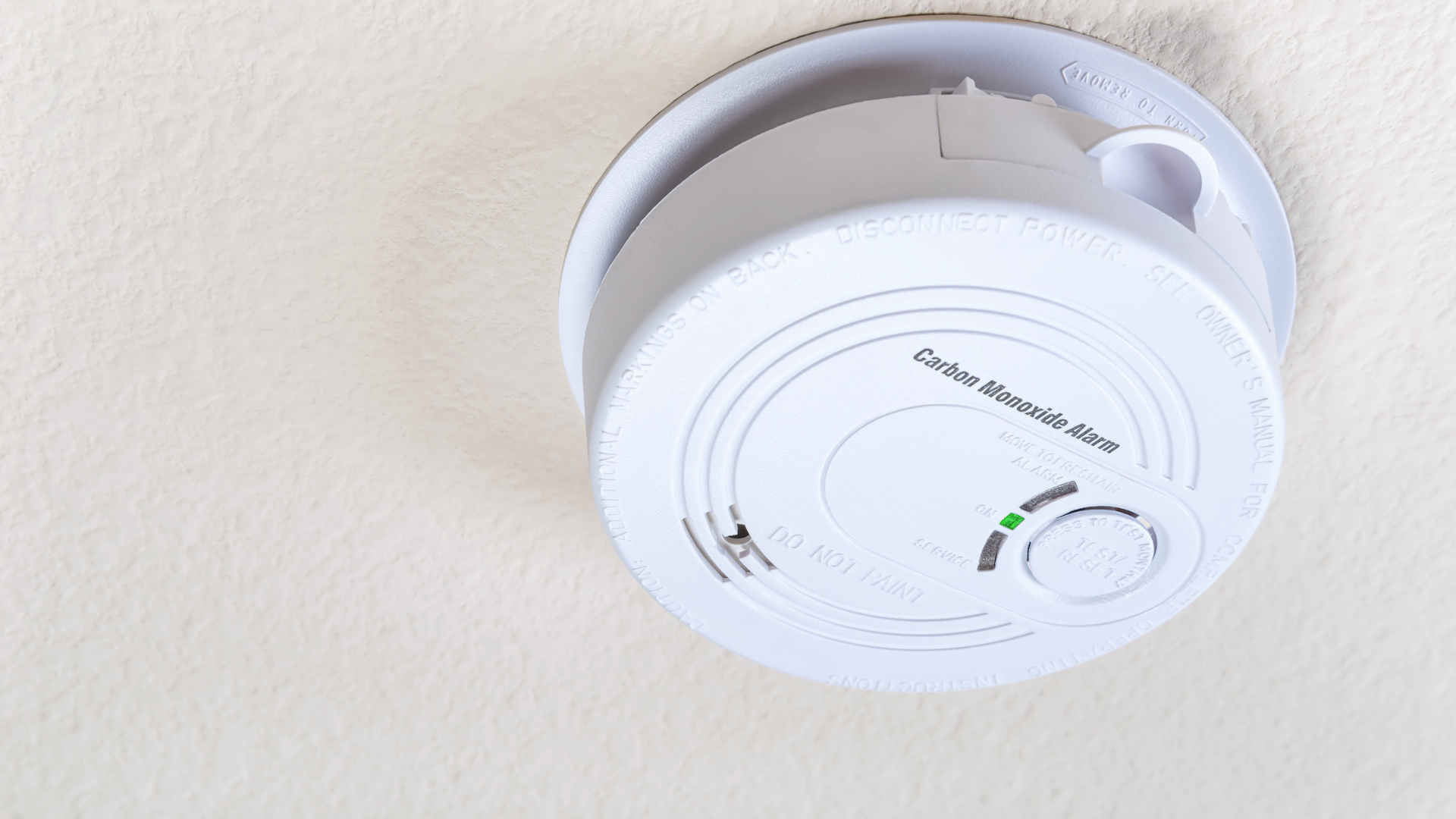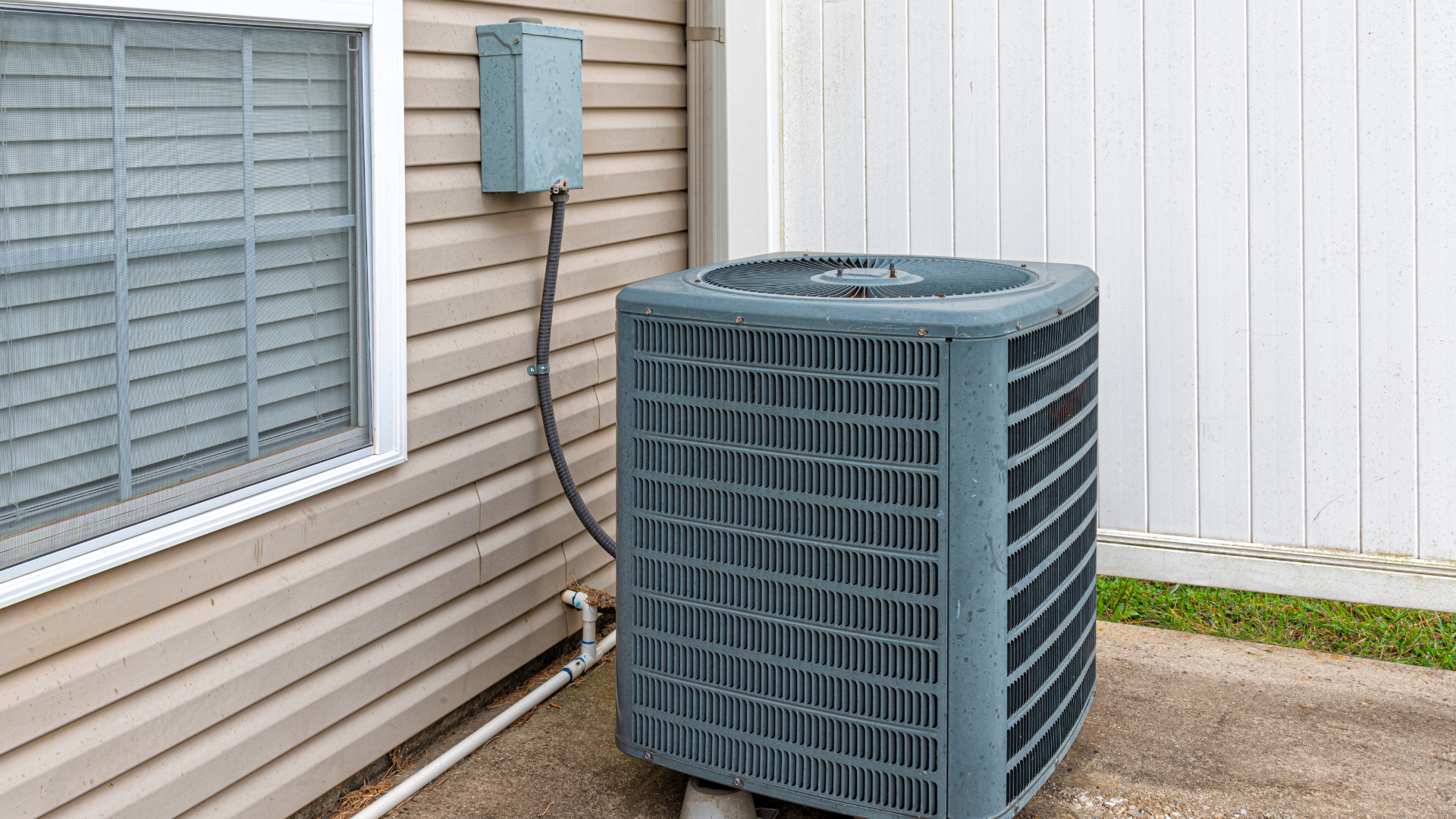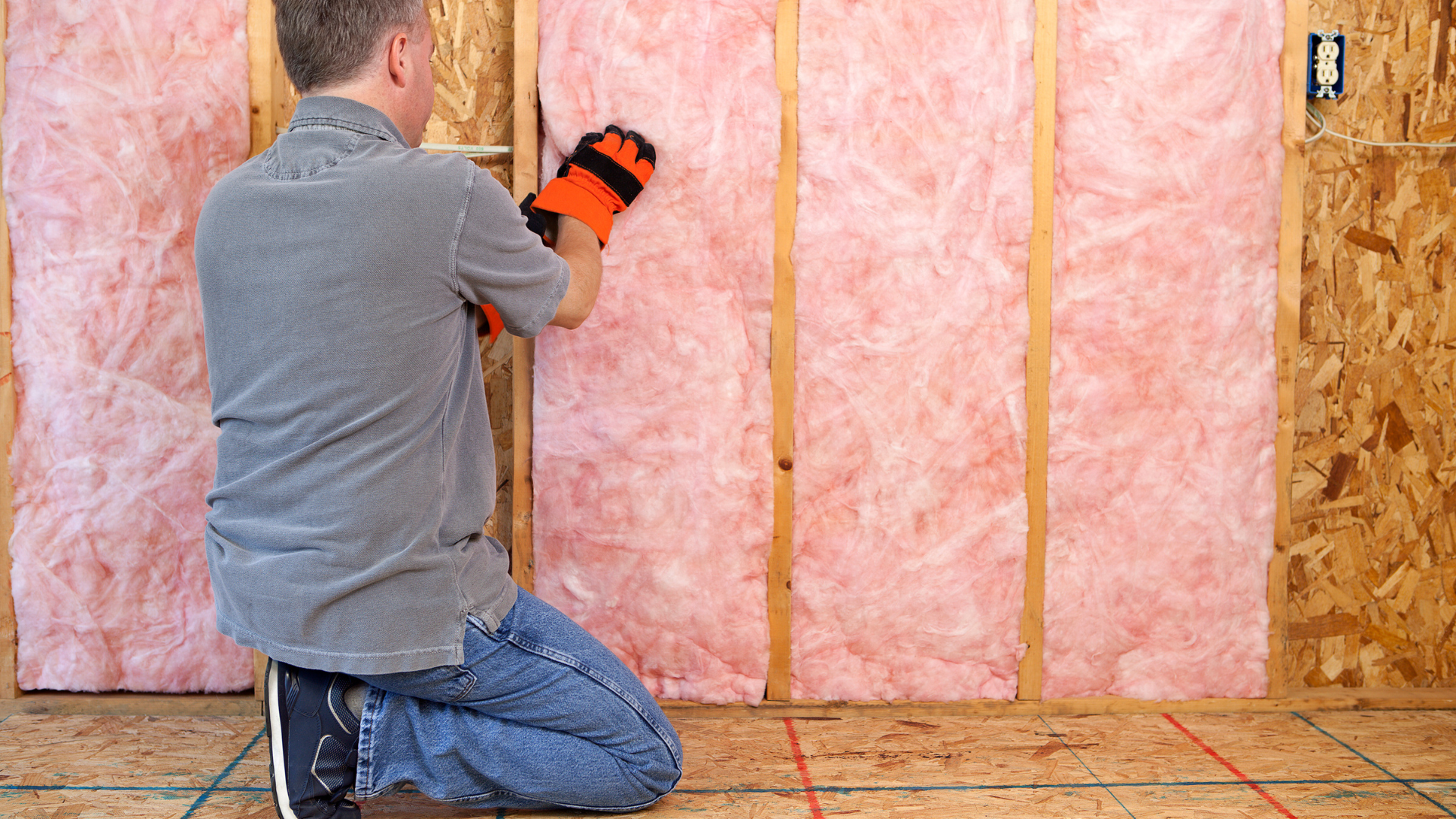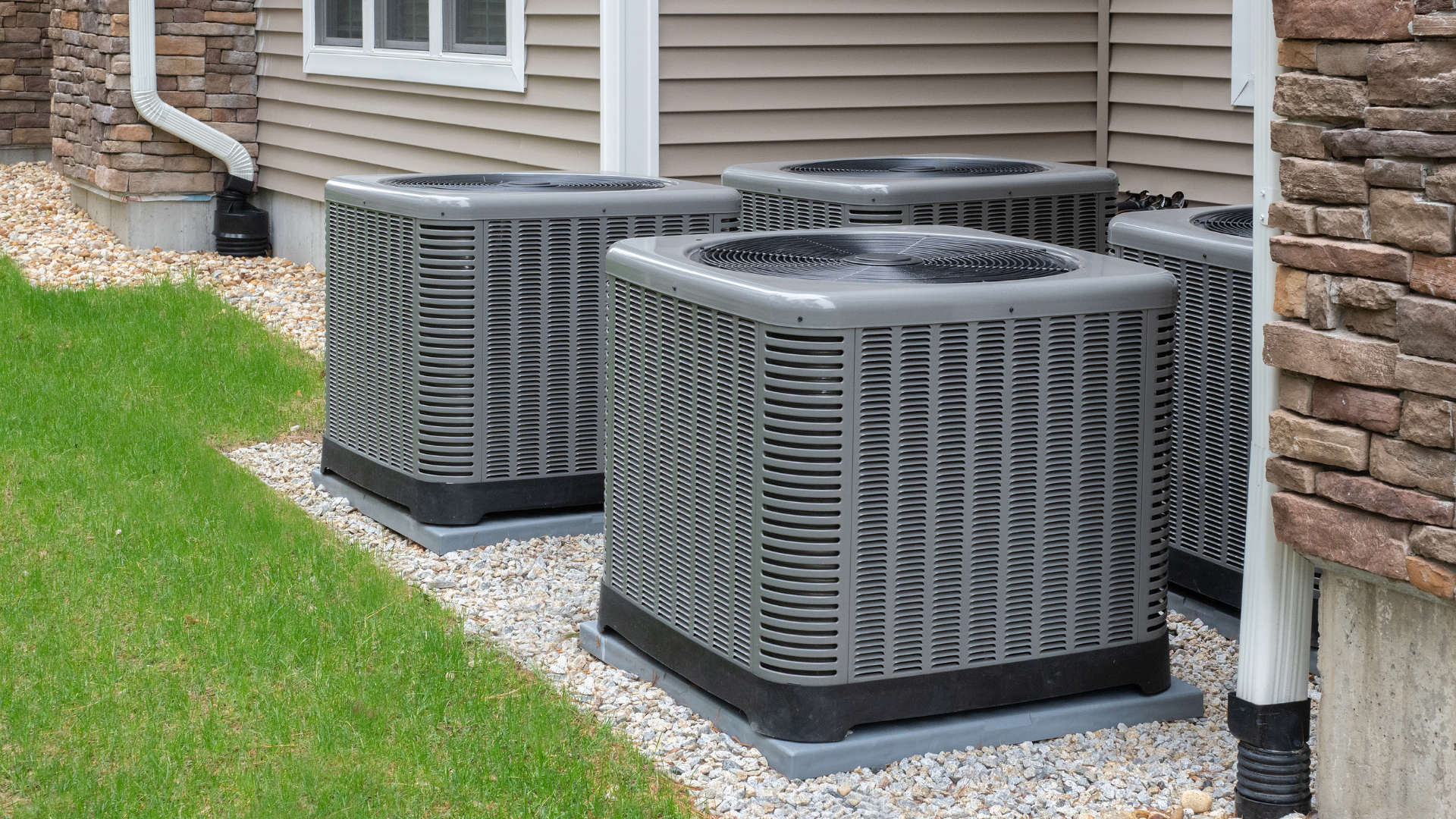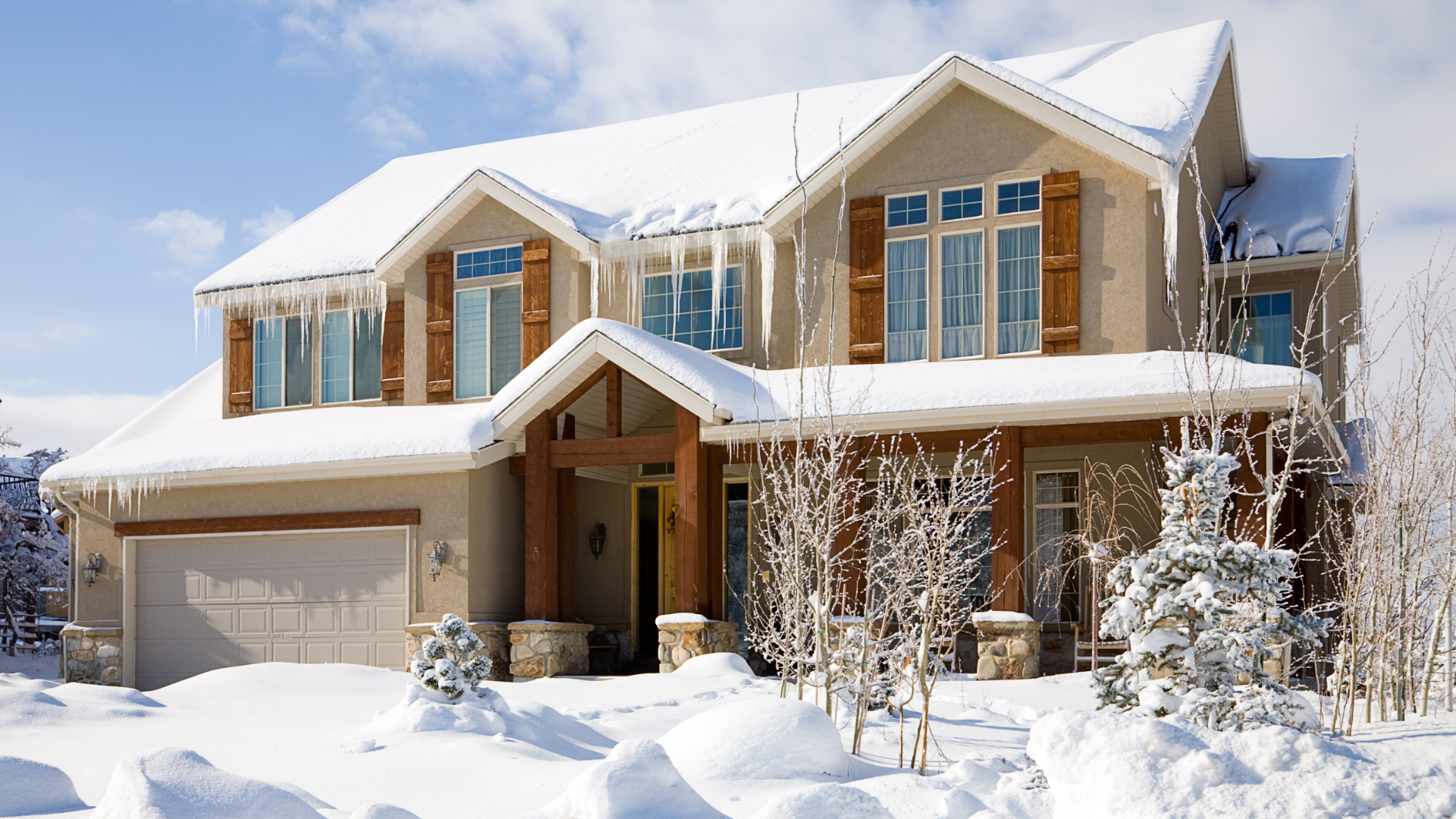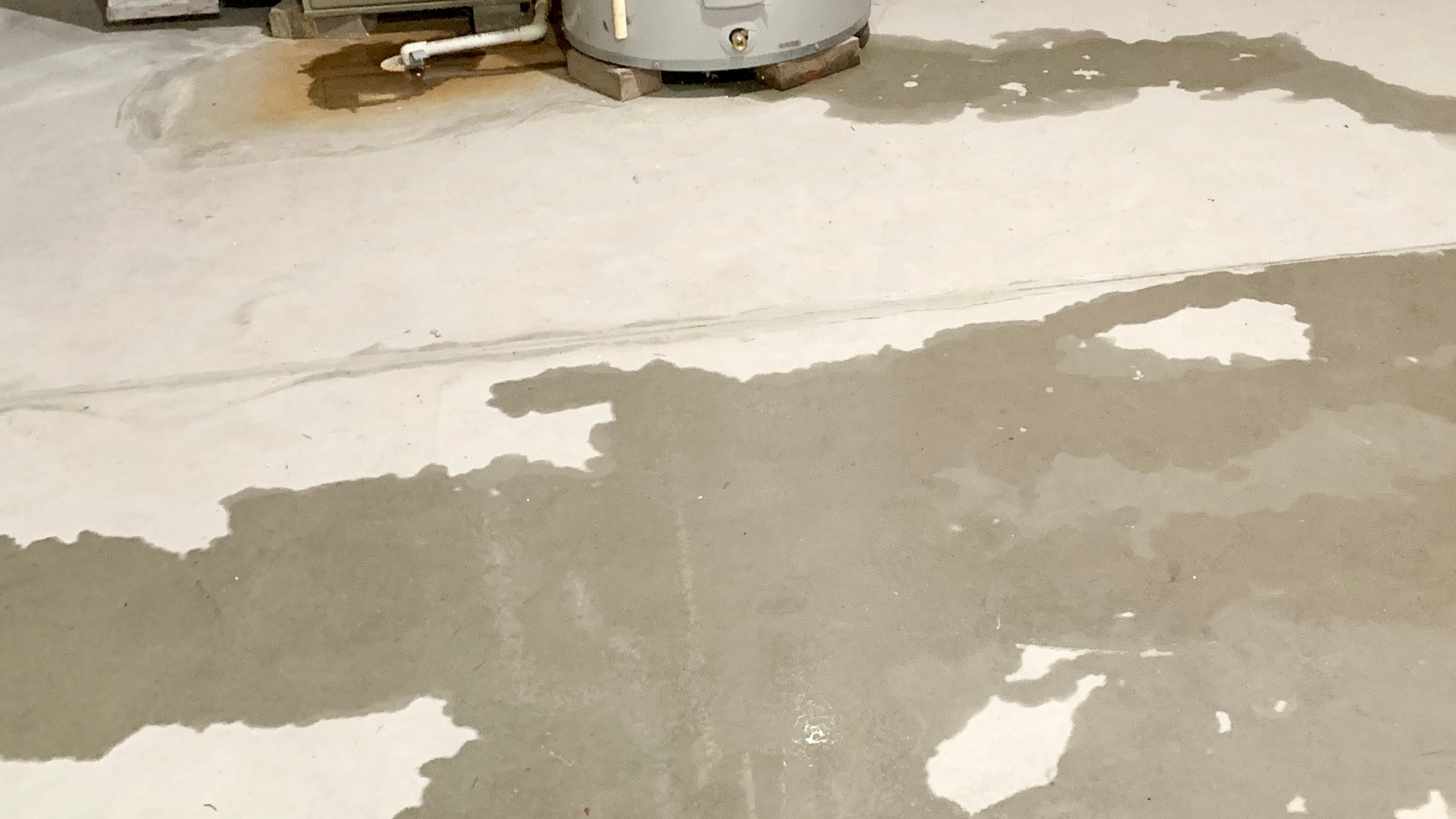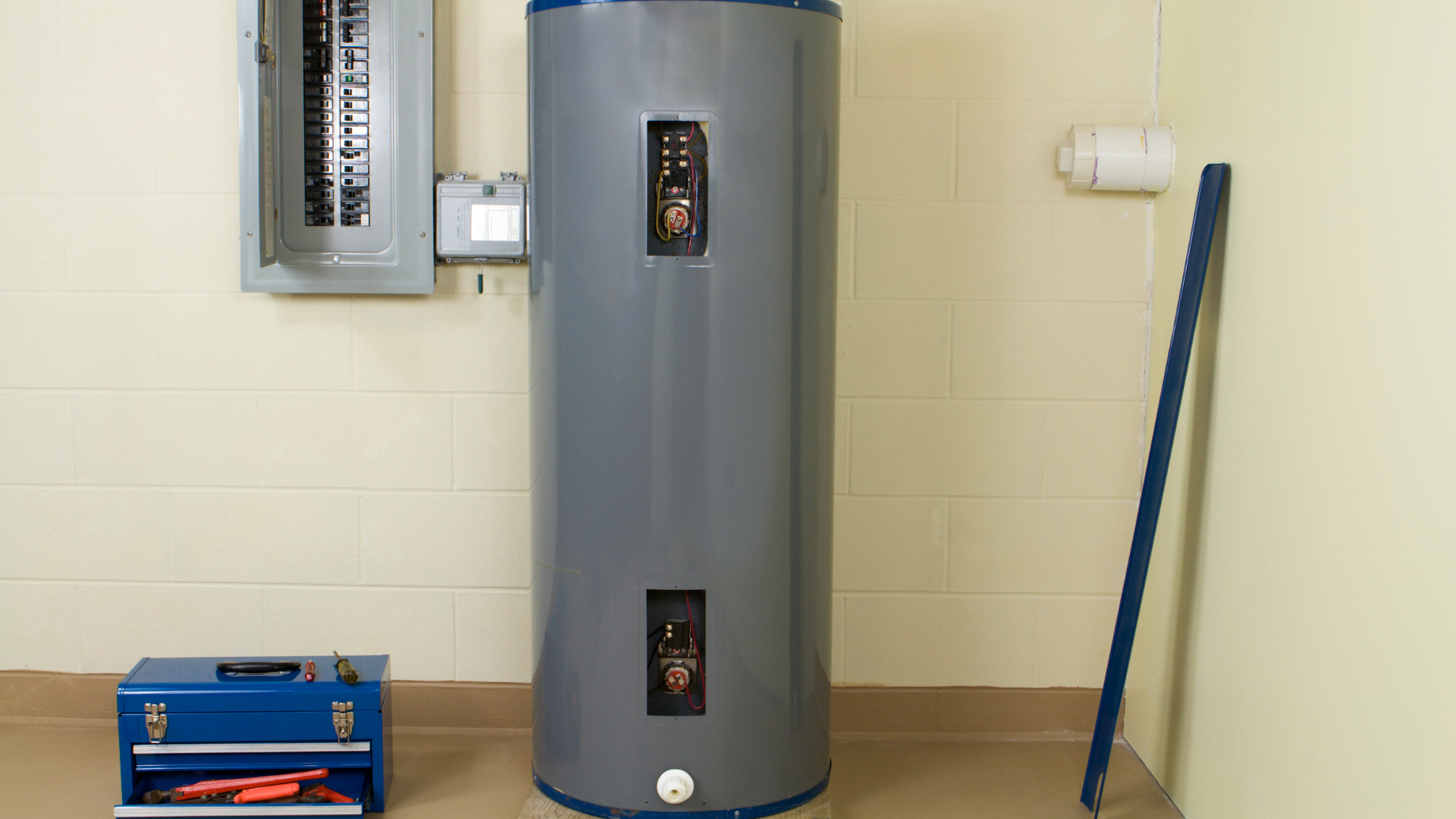What Affects the Price of a New System and How to Compare Quotes
Demystifying HVAC Costs: What Affects the Price of a New System and How to Compare Quotes

Replacing your home's HVAC (Heating, Ventilation, and Air Conditioning) system is a significant investment, and understanding what influences the price is key to making an informed decision. While the national average for a new HVAC system often falls between $10,000 and $20,000, several factors can cause this price to fluctuate dramatically. More importantly, knowing what to look for when comparing quotes from different companies can save you money and ensure you get the right system for your home.
Factors Affecting the Price of a New HVAC System:
- Type of System:
- Central Air Conditioning & Furnace: This is the most common setup, with prices varying based on the efficiency and features of both the AC unit and the furnace.
- Heat Pumps: These versatile units provide both heating and cooling, making them popular in moderate climates. While they might have a higher upfront cost, they can offer significant energy savings.
- Ductless Mini-Splits: Ideal for additions, zoned heating/cooling, or homes without existing ductwork, these systems can range widely in price depending on the number of indoor units (zones) needed.
- Geothermal Systems: These are the most expensive to install but offer the highest energy efficiency by utilizing the earth's stable temperatures. They can lead to substantial long-term savings and may qualify for federal tax credits.
- System Size and Capacity (BTUs/Tons):
- The size of the HVAC unit (measured in British Thermal Units for furnaces and tons for ACs) must be appropriate for your home's square footage, insulation, number of windows, and even the climate you live in.
- An HVAC professional should perform a "Manual J Load Calculation" to determine the correct size. An undersized system will struggle and wear out quickly, while an oversized system will cycle on and off too frequently, leading to inefficiency and premature failure.
- Larger, higher-capacity units generally cost more.
- Energy Efficiency Ratings:
- SEER2 (Seasonal Energy Efficiency Ratio 2) for ACs/Heat Pumps: Higher SEER2 ratings indicate greater energy efficiency, meaning lower monthly energy bills. While a higher SEER2 unit will cost more upfront, the energy savings over its lifespan can often offset the initial investment. The minimum SEER2 is currently 13.4, with units going up to 25 or more.
- AFUE (Annual Fuel Utilization Efficiency) for Furnaces: This rating indicates how efficiently a furnace converts fuel into usable heat. A higher AFUE percentage (e.g., 90% or 97%) means less energy waste, but also a higher initial cost.
- HSPF (Heating Seasonal Performance Factor) for Heat Pumps: Similar to SEER2, a higher HSPF indicates better heating efficiency.
- Installation Complexity and Labor:
- Existing Infrastructure: Replacing an old system with a similar model in a readily accessible location (e.g., basement, garage) will be less expensive than installing a new system in an attic with no existing ductwork or insulation.
- Ductwork: If your existing ductwork is old, damaged, or improperly sized, it may need significant repairs or complete replacement, adding substantial cost.
- Location and Accessibility: Tight spaces, multi-story homes, or areas requiring specialized equipment (like cranes) can increase labor time and costs.
- Permits and Regulations: Local building codes and permits are often required for HVAC installations, adding to the overall cost. A reputable contractor will handle these.
- Electrical Upgrades: Older homes may need electrical system upgrades to support a new, more powerful HVAC unit.
- Brand and Warranty:
- Established, reputable brands often come with a higher price tag due to their track record of quality, reliability, and durability. However, they typically offer better warranties and readily available parts.
- Warranties vary significantly between manufacturers and contractors. Be sure to understand what's covered (parts, labor) and for how long. Some companies offer extended labor warranties beyond the manufacturer's parts warranty.
- Additional Features and Upgrades:
- Smart Thermostats: These offer advanced control and energy management but add to the overall price.
- Zoning Systems: For larger homes, zoning allows you to control temperatures in different areas independently, which can improve comfort and save energy, but it's an added cost.
- Indoor Air Quality Enhancements: Features like air purifiers, humidifiers, or dehumidifiers can improve air quality but increase the system's total cost.
- Geographic Location and Seasonal Demand:
- Costs can vary by region due to local labor rates, climate needs, and market competition.
- During peak seasons (hot summers, cold winters), demand for HVAC services is high, which can sometimes lead to increased pricing. Planning an installation during off-peak seasons might offer some savings.
What to Look For When Comparing Different Quotes:
When you're ready to get quotes, resist the urge to simply go with the lowest price. A cheaper upfront cost could mean a poorly sized system, substandard installation, or a less efficient unit that costs you more in the long run. Here's what to scrutinize:
- Detailed Breakdown of Costs:
- Itemized List: The quote should clearly itemize the cost of the new unit (brand, model number, SEER/AFUE/HSPF ratings), labor, materials, permits, and any additional services (e.g., ductwork, electrical upgrades). Vague or verbal quotes are a major red flag.
- No Hidden Fees: Ensure all potential charges are upfront, including disposal of your old system.
- Unit Specifications and Efficiency Ratings:
- Brand and Model Numbers: Don't just settle for a "16 SEER system." Get the exact brand and model numbers so you can research them on the manufacturer's website and compare features.
- Matched Systems: Ask if the quote is for a "matched system" where all components (furnace, AC coil, outdoor unit) are designed to work together for optimal efficiency and longevity.
- Load Calculation (Manual J):
- A reputable contractor will perform a thorough "Manual J" load calculation for your home to determine the appropriate system size. Beware of companies that give a quote without this assessment.
- Warranty Details:
- Equipment Warranty: Understand the manufacturer's warranty on parts (typically 5-10 years, often extended to 10 if registered). Ask if the contractor handles registration.
- Labor Warranty: Inquire about the contractor's labor warranty. Many offer 1 year, but some provide longer coverage (e.g., 5 years), which can save you significant money if a component fails prematurely.
- Installation Process and Timeline:
- Scope of Work: The quote should clearly outline what the installation entails, including any modifications to existing ductwork, electrical, or structural components.
- Timeline: Get an estimated start and completion date for the project.
- Company Reputation and Credentials:
- Licensing and Insurance: Verify that the HVAC company is properly licensed and insured in your state and local municipality.
- Certifications: Look for technicians certified by organizations like NATE (North American Technician Excellence), indicating a high level of expertise.
- References and Reviews: Check online reviews (Google, Yelp, BBB) and ask for references from past customers.
- Experience: How long has the company been in business? Experience often translates to better installation quality and customer service.
- Payment Terms and Financing Options:
- Understand the payment schedule and any financing options the company offers.
By taking the time to understand these factors and meticulously compare quotes, you'll be empowered to choose an HVAC system and contractor that not only fits your budget but also provides reliable, efficient comfort for your home for years to come. Remember, the cheapest quote isn't always the best value in the long run.
Click Another Article to Read More
